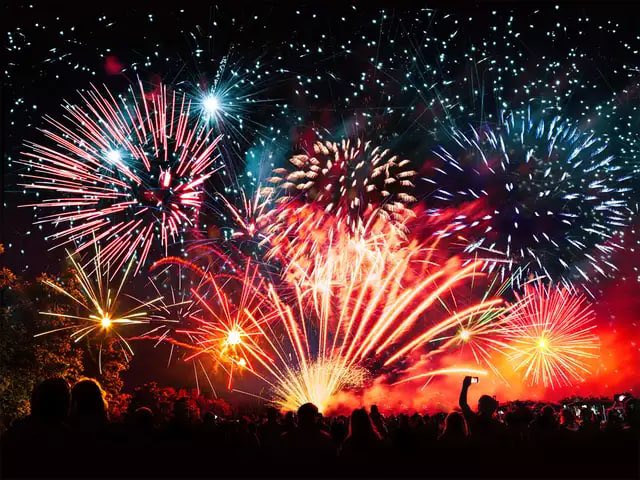The Brutish British Museums: A legacy of slavery, loot & colonialism.
Western Museums are vestiges of colonialism. Many were founded by Slave traders.
This thread looks at "Indian artefacts" of these Museums.
Evidence shows British plundered most of these from Hindu temples
Western Museums are vestiges of colonialism. Many were founded by Slave traders.
This thread looks at "Indian artefacts" of these Museums.
Evidence shows British plundered most of these from Hindu temples

British Museum was founded by Sir Hans Sloane.
A Physician,he was also a slave owner through his wife.
Their family business was capturing slaves from British colonies to work for their Sugar plantations in Jamaica.
1000s of African slaves were captured to work in their fields
A Physician,he was also a slave owner through his wife.
Their family business was capturing slaves from British colonies to work for their Sugar plantations in Jamaica.
1000s of African slaves were captured to work in their fields

Hans Sloane himself describes the punishments he meted out to his slaves
1)Nailing them to ground with crooked sticks &burning them gradually (for revolting)
2)Chopping off half the foot with an axe (for running away)
3)Whipping until they bled (for taking breaks during work)
1)Nailing them to ground with crooked sticks &burning them gradually (for revolting)
2)Chopping off half the foot with an axe (for running away)
3)Whipping until they bled (for taking breaks during work)

Hans Sloane justified his punishments by claiming that dark skinned people are perverse and uncivilized.
He further said that they were not Christian and hence "Godless". In his opinion, the institution of slavery was a social welfare mechanism to civilize "non-whites"

He further said that they were not Christian and hence "Godless". In his opinion, the institution of slavery was a social welfare mechanism to civilize "non-whites"


It is through blood money obtained from these slave plantations that Hans Sloane collected objects.
This eventually became British Museum.
This collection was augmented by colonial loot of British armies.
Even today,British Museum is world's largest receiver of stolen goods
This eventually became British Museum.
This collection was augmented by colonial loot of British armies.
Even today,British Museum is world's largest receiver of stolen goods

The Indian treasures first entered British Museum through Robert Clive.
Robert Clive was EIC Governor who established British rule in India.
A bloodthirsty sadist,he was notorious for his inclination to loot,plunder & pillage.He was known among his own people as "Robber Clive"
Robert Clive was EIC Governor who established British rule in India.
A bloodthirsty sadist,he was notorious for his inclination to loot,plunder & pillage.He was known among his own people as "Robber Clive"

Hindu temples were cultural,social & economic centers of Indian civilization. As such,they offered resistance to colonialists.
Knowing this fully well,Clive attacked Hindu temples.
He either destroyed them with his guns or forcibly occupied them as fortifications for his army.
Knowing this fully well,Clive attacked Hindu temples.
He either destroyed them with his guns or forcibly occupied them as fortifications for his army.
Hundreds of temples which lay along his route were either destroyed or used as fortifications against French.
In their own memoirs, Clive's armies recorded destruction of many temples.
Here is just one example.This is the Permacoil temple which was destroyed and looted by them.

In their own memoirs, Clive's armies recorded destruction of many temples.
Here is just one example.This is the Permacoil temple which was destroyed and looted by them.


The destroyed temple stands as mute witness even today to the barbarism and bloodthirst of British Colonialists.
To see how shamelessly they sacked the temple, one only needs to look at its current state.
Many of the sculptures from these temples are now in British Museums.



To see how shamelessly they sacked the temple, one only needs to look at its current state.
Many of the sculptures from these temples are now in British Museums.




Such an unabashed looter was Clive that even his personal necklace was a looted artefact.
Clive's necklace made from eleven open medallions containing figures of Hindu gods and goddesses.
Of course, this necklace is now in British Museum.
Clive's necklace made from eleven open medallions containing figures of Hindu gods and goddesses.
Of course, this necklace is now in British Museum.

Clive's loot comprises diamonds, arms, textiles, jewelry, temple sculptures and paintings.
This rich "collection" was transported to England where it forms Clive's Museum.
Many have been repatriated to Ashmolean Museum.
ashmolean.org/south-asian-co…
This rich "collection" was transported to England where it forms Clive's Museum.
Many have been repatriated to Ashmolean Museum.
ashmolean.org/south-asian-co…
In British Museums,objects were often proud display items of colonial power.
After the British won Anglo-Sikh war,they conquered Punjab.
They took away Ranjit Singh's throne & proudly display it as a souvenir of colonial victory.
The throne is now in Victoria & Albert Museum
After the British won Anglo-Sikh war,they conquered Punjab.
They took away Ranjit Singh's throne & proudly display it as a souvenir of colonial victory.
The throne is now in Victoria & Albert Museum

The desecration of Hindu temples and plunder of Hindu Gods started as early as 17th century when EIC got foothold in Bengal.
This Pala era Vishnu Murti was looted from a Hindu temple in Bengal and transported to England as loot in 1695.
It is now housed in Ashmolean Museum.
This Pala era Vishnu Murti was looted from a Hindu temple in Bengal and transported to England as loot in 1695.
It is now housed in Ashmolean Museum.

• • •
Missing some Tweet in this thread? You can try to
force a refresh
















